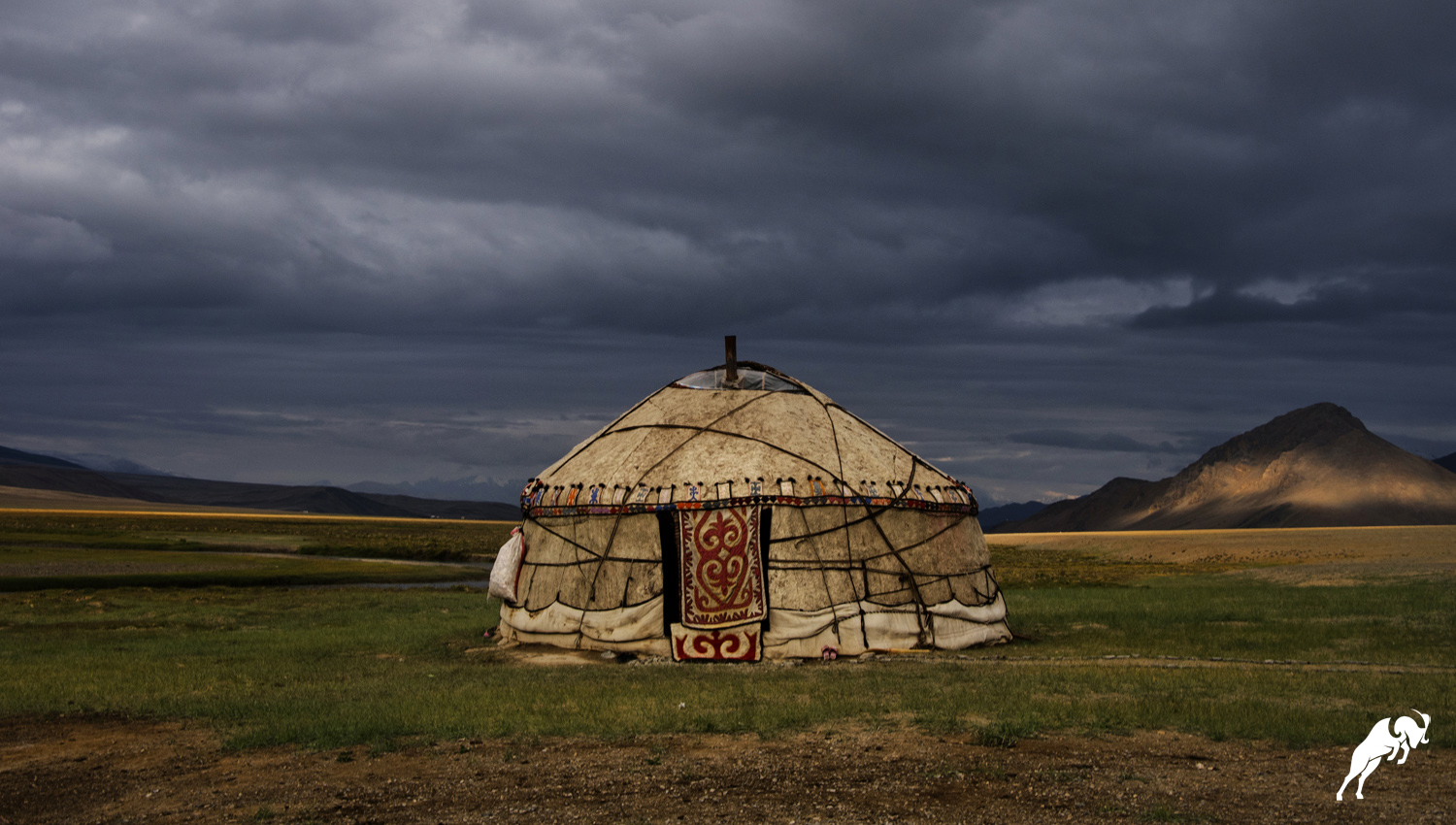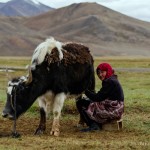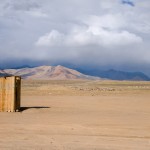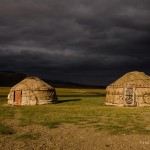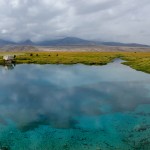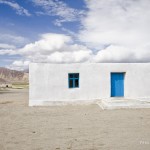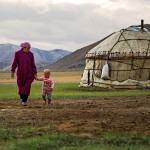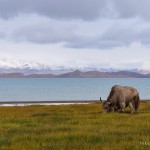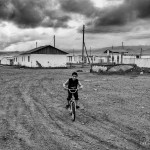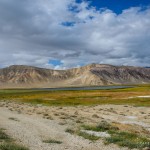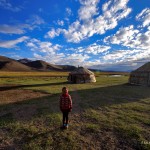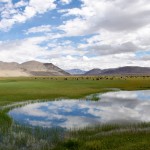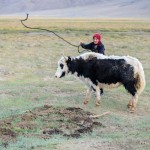The incredible Pamir Mountains of southern Central Asia encompass an expansive area and dominate much of Tajikistan. Some 420 km long from west to east, the mountain range extends up into Kyrgyzstan, and down into the Afghan part of the Wakhan Corridor and thence towards China. The Pamirs are known locally as Bomi Jahon, the Roof of the World, and this moniker is exceptionally apt: wherever you look, these peaks reach heavenward, piercing the clear blue sky by day, and penetrating the inky black canopy peppered by stars come nightfall.
The geographical highpoint of Tajikistan, it should come as no surprise then that the Pamirs are flanked by waterways in every direction. The Kyzyl-Su and Surkhob streak out and form valleys to the north; the Sarykol flows out to the east; the Pamir and Pyandzh Rivers reach southwards; and to the west are the Pyandzh waterway and the western goads of the Darvaz.
The Pamirs are mountains amidst mountains: the Hindu Kush, Karakoram, Himalaya and Tien Shan Ranges all encircle the Pamirs in a seemingly endless spiral of sky scraping peaks. Many of these mountains are cut off for many months each year, the ice and snow imprisoning their populations and barring visitors until the first throws of spring.
We have created sections of this site to assist in you in discovering and researching these areas of the Pamirs. You can find more information on areas within the Pamirs on the pages – Wakhan Valley, Bartang Valley, Vanj Valley. It is not enough to learn about them online, however: with Paramount Journey you can venture there in person through our jeep tour, living the adventure in Tajikistan.
The most dramatic sights of the Pamirs are in the eastern half of the range, the Great Pamir, high up on the isolated Murghab Plateau. Karakul Lake is located at 3,914m above sea level, making it one of the highest lakes in the world, and it covers almost 380 sq km. Recent studies have suggested that the lake formed in the basin of an meteorite impact crater, and that it is at least 190 million years old.
Murghab comes from the ancient Persian word for prairie land or river, and that combination of pastureland and water means that even today you will see Kyrgyz nomads grazing their flocks here in the summer months. It is possible to stay with them in their yurts, to sit with them and drink a bowl of yak milk, or share a mutton kebab. The majority of visitors to Murghab pass through whilst journeying along the famous Pamir Highway, the second highest international highway in the world. The road climbs to a breathless 4,655m at the Ak-Baital Pass, so even if you don’t fancy walking, you can still feel on top of the world.
Most importantly of all, however, it is in this territory where you will have the chance to encounter the legendary and honourable Marco Polo Sheep. This huge creature, whose horns are often a meter or more in width, has been hunted almost to extinction in other countries, but here on the Murghab Plateau it thrives in the wilderness. The chance to view a creature such as this in its natural habitat is reason enough to follow this road to its lofty heights.
Top attractions in Pamir
-
Hot springs
-
Fascinating Fortresses
-
The Wonders of the Wakhan Valley
-
Wildlife of the Pamirs
-
Remote Villages and Short Treks
-
Trekking to Sarez Lake
-
Kukjar Pass
-
Karon Palace
-
Fedchenko Glacier
-
Murghab Town
-
Shakhty Cave and Rock Art Sites
-
Alichur Valley
-
Lakes of Pamir
-
Pamir National Park
-
Trekking in Pamir Mountains






